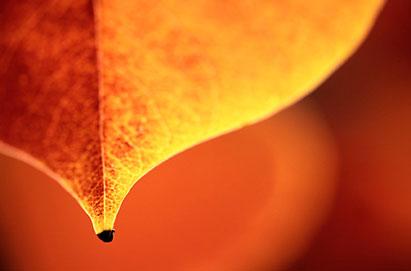CO2a sheets and evolution

They had no leaves in the first 40 million years since the creation of the plants. It was not necessary. At that time there was a lot of CO2 in the atmosphere and the plants did not need many stomata to absorb this CO2 (stomata are the gaseous exchange pores of the plants and are the most leaves). They only had green stems and "lumps."
However, when about 380 million years ago the amount of carbon dioxide in the atmosphere was reduced, the importance and necessity of the leaves became more evident. By increasing the number of leaves and stomata, plants could receive more CO2 from the air. That is, despite being less, they became more efficient in absorption. But in addition, they could evaporate more water from the stomata, which means a better cooling system of the plants, that is, they could live in warmer areas. The loss of water from the leaves also meant the development of a better water pumping system from the ground. The latter allowed them to increase their size and complexity. Increased plant production could also lead to the proliferation of animals.
Therefore, the decrease in atmospheric CO2 caused significant changes in the shape, size and abundance of plants. However, a greater number of good fossil records are needed to confirm everything mentioned.
Buletina
Bidali zure helbide elektronikoa eta jaso asteroko buletina zure sarrera-ontzian











